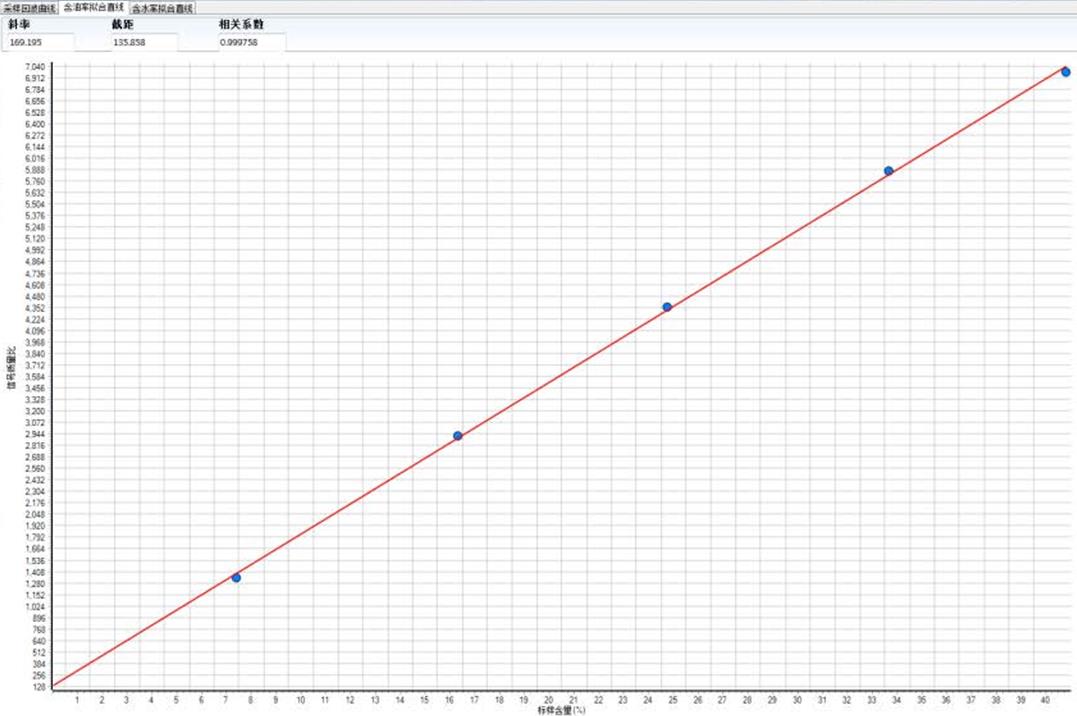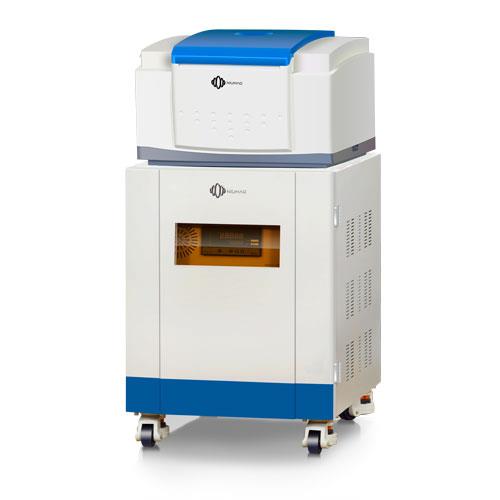Hydrogen Content Measuring by NMR
Hydrogen Content Measuring
Measuring the hydrogen content of fuel is an important parameter that can provide useful information about the fuel’s composition, quality, and performance.
NMR spectroscopy provides relative quantitative information, and the accuracy of the hydrogen content determination depends on the accuracy of the calibration and the consistency of the experimental conditions. To determine the hydrogen content in a sample using NMR spectroscopy, you can follow these general steps:
Prepare the sample: Ensure that your sample is properly prepared and dissolved in a suitable deuterated solvent to avoid interference from the solvent signal.
Acquire the proton NMR spectrum: Place the sample in the NMR spectrometer and acquire the proton NMR spectrum. This spectrum will display peaks corresponding to the different hydrogen environments in your sample.
Analyze the integration values: After acquiring the spectrum, you need to analyze the integration values of the proton peaks. Integration measures the area under each peak and provides information about the relative number of hydrogen atoms contributing to each peak.
Determine the reference compound: To calculate the absolute hydrogen content in your sample, you need a reference compound with a known hydrogen content. The reference compound should have similar properties and behavior to your sample.
Calibration: Using the reference compound, establish a calibration curve or equation that relates the integration values of the reference compound to its known hydrogen content. This calibration curve will allow you to convert the integration values of your sample to absolute hydrogen content.
Quantification: Apply the calibration curve to the integration values obtained from your sample to calculate its hydrogen content. This can be done by interpolation or using the equation derived from the calibration curve.
It’s important to note that the calibration curve should be established under similar experimental conditions to those used for your sample. Additionally, factors such as the relaxation properties of the sample and the presence of impurities can influence the NMR signals and may require additional considerations during the analysis.
Hydrogen Content Measuring by Low Field NMR
Low field Nuclear Magnetic Resonance (NMR) analysis can be used to determine the hydrogen content. In low field NMR analysis, a sample is placed in a magnetic field and radio frequency (RF) energy is applied to the sample. The nuclei in the sample absorb the RF energy and then release it at a characteristic frequency. This frequency is dependent on the properties of the sample, including the number of hydrogen atoms.
 NIUMAG
NIUMAG


